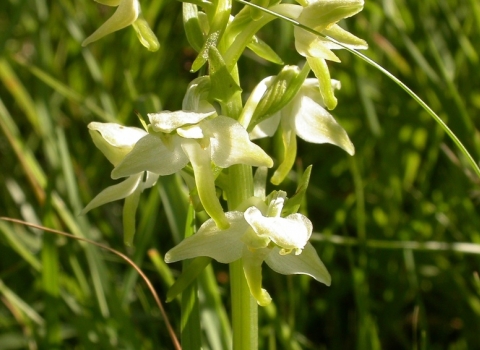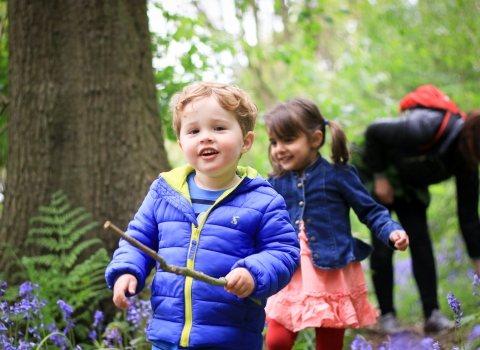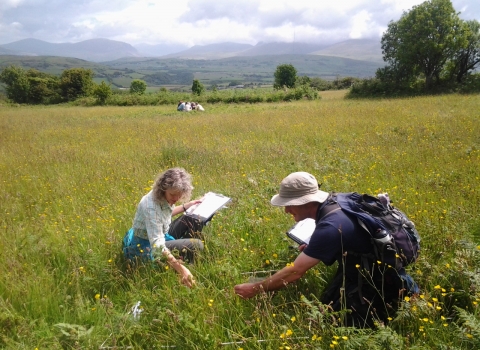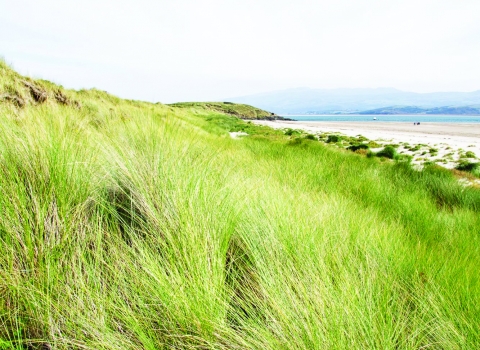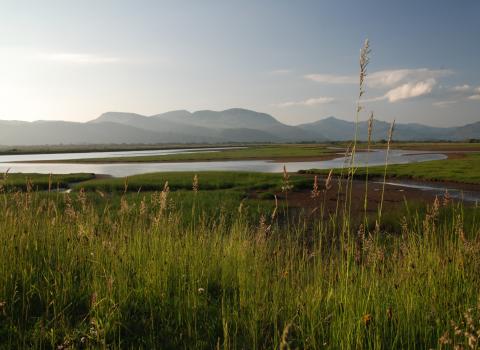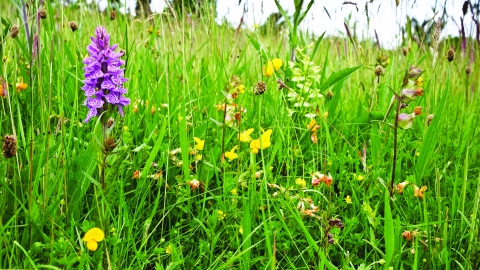
Aerial view of Caeau Tan y Bwlch Nature Reserve (c) Pat Waring
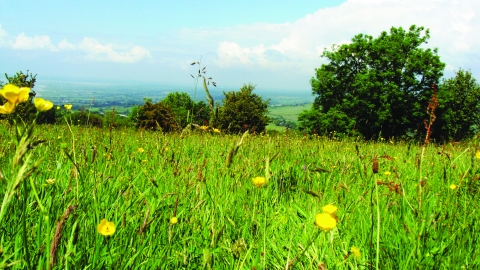
Caeau Tan y Bwlch Nature Reserve
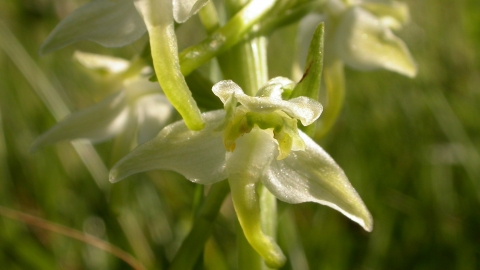
Greater butterfly orchid_Philip Precey
Philip Precey
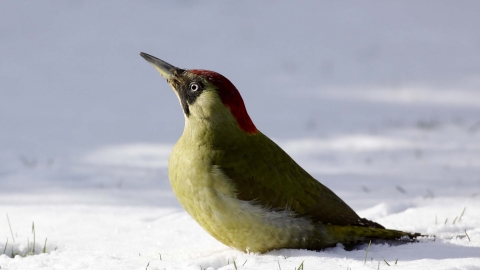
Margaret Holland
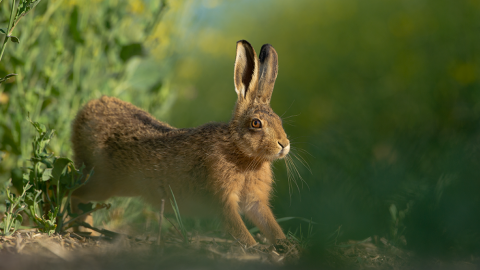
Caeau Tan-y-bwlch Nature Reserve
Know before you go
Dogs
When to visit
Opening times
Open at all timesBest time to visit
Late Spring and SummerAbout the reserve
With their clawdd (earth and stone) walls, these fields are a visible reminder of how farming practices have drastically changed over the last century. It is estimated that the UK has lost 97% of its traditionally managed hay meadows since the 1930s – making this reserve all the more important. The reserve is at its most colourful in late June and early July, when the delicate white flowers of the greater butterfly-orchid carpet the fields. Their pale colour is highlighted amongst the brighter tones of the eyebright, bird’s-foot trefoil and black knapweed that fill the site. The lower, wetter fields are a mosaic of wet grassland and willow carr, which provides excellent nesting habitat for migrant birds such as willow and grasshopper warblers.
Traditional hay meadow
In partnership with landowners Plantlife, traditional hay meadow management methods have been used on the upper, drier meadows for at least 30 years. These include light cattle grazing in autumn and winter, taking a hay crop in late summer, and avoiding adding any artificial fertilisers or chemicals. In recent years, wildflower seed has been donated from this reserve to create new wildflower meadows elsewhere in Gwynedd. The lower, wetter mire is grazed by ponies in the spring and summer. Wildlife Trust staff and volunteers control bracken encroachment into the hay meadows to prevent excessive shading of native wildflowers, whilst also controlling willow in the mire to maintain open and wet conditions.
Coronation Meadow
The stunning flower-rich mosaic of small fields at the magical Caeau Tan y Bwlch Nature Reserve, is cared for by North Wales Wildlife Trust and owned by Plantlife. In 2022 roadside verges near the 2023 Eisteddfod site in Boduan were recipients of its green hay and will welcome visitors with colourful flowers, buzzing with life. Seed from Caeau Tan y Bwlch has also been spread along the main road outside Gwaith Powdwr Nature Reserve in Penrhyndeudraeth.t.
Coronation Meadows were launched in 2013 by King Charles (when he was Prince of Wales) as his tribute to Queen Elizabeth, on the anniversary of her Coronation. The aim of the project was to create a new meadow in every UK county. It was led by Plantlife, The Wildlife Trusts and the Rare Breeds Survival Trust, with funding from Biffa Award and Natural Resources Wales.
Directions
Turn off the A499 from Caernarfon to Pwllheli into the village of Clynnog Fawr. Take the 2nd (sharp) Left and then turn immediately Right by the school, signposted to Capel Uchaf. Proceed about ¾ mile uphill and take the first Right uphill (concealed and unsigned). Continue up this winding, single-track road for about 1 mile. After a 90˚ turn to the Left, the reserve’s car park is a further 150 metres on your Left through a field gate (SH 430 488).

